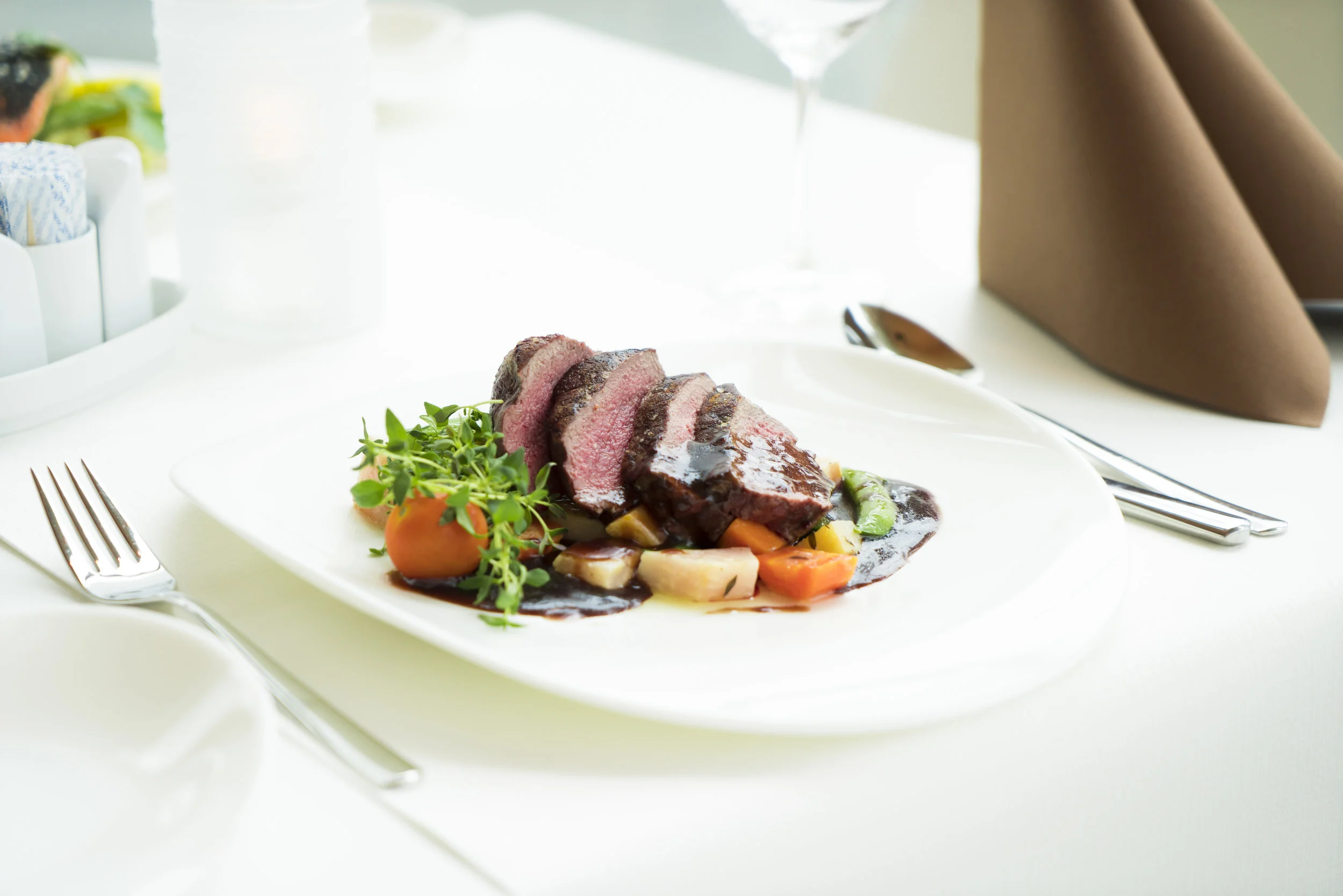Life Skills and Independence Through the SDP Program and Fork& Knife Creations
For many families in the Self-Determination Program (SDP), finding meaningful, skill-building activities that truly support their loved one's independence can be a challenge. One-on-one cooking classes, especially when tailored to the unique needs and interests of neurodivergent individuals, offer a powerful, person-centered way to build confidence, life skills, and healthy habits—all while having fun!
Here’s how personalized cooking instruction can transform everyday life and empower participants with valuable tools for independence:
🌟 Enhanced Cooking Confidence
Many neurodivergent individuals face anxiety or uncertainty in the kitchen. One-on-one instruction from a trained chef creates a safe, supportive environment where participants can learn at their own pace. The hands-on, guided experience helps build confidence in trying new recipes, handling kitchen tools, and making meals independently.
In fact, research from similar programs shows that after completing personalized cooking sessions, participants report feeling more capable and excited to experiment in the kitchen—an essential step toward greater self-reliance.
🍽️ Foundational Skill Development
These classes focus on core culinary skills such as:
Knife safety and handling
Proper sanitation practices
Basic meal prep for breakfast, lunch, and dinner
As participants master these essentials, cooking becomes less intimidating and more efficient. Knowing how to create simple, healthy meals from scratch makes day-to-day life smoother and more enjoyable—for both participants and their families.
💬 Social and Emotional Well-Being
A Sense of Accomplishment
There’s nothing quite like the pride of preparing a delicious meal from start to finish. That sense of achievement can be a huge self-esteem boost for participants who may struggle with other areas of independence.
Social Connection
Large group interactions often require complex, rapid-fire social cues like reading body language, understanding subtext, and navigating unpredictable topics. One-on-one settings minimize these demands, allowing the neurodivergent individual to focus on a single, clear interaction and build rapport at their own pace.
For neurodivergent people with past negative social experiences, one-on-one time with a trusted person can provide a sense of security. This reliable, predictable space can help them feel safe to unmask, express themselves honestly, and build confidence in their communication skills and function as a starting point for more complex situations. Learning in the home with family or a couple friends, participants engage in conversation, collaboration, and connection—building relationships and community around a shared love for food.
Stress Relief
Cooking is also deeply sensory and can be incredibly calming. The textures, smells, and rhythms of the kitchen provide a mindful, therapeutic experience that helps many participants relax and decompress.
🥗 Improved Health and Nutrition
Healthier Eating Habits
Participants learn to prepare meals using fresh, whole ingredients instead of processed foods. These lessons lay the foundation for healthier eating habits that can last a lifetime.
Exploration of New Foods
Many neurodivergent individuals experience food aversions or sensory sensitivities. Working one-on-one with a patient, understanding chef allows for gentle exposure to new textures and flavors in a safe environment—encouraging more dietary variety over time.
Nutrition Management
For those with dietary needs like gluten-free, low sodium, or diabetic-friendly diets, cooking classes offer practical tools to manage nutrition and make informed food choices that support personal health goals.
👩🍳 Person-Centered and Flexible Support
Customized Learning
Every cooking class is tailored to the participant’s preferences, goals, and needs. Chefs collaborate with families to design lessons that are relevant, motivating, and engaging—whether that means learning to make a favorite meal or practicing new techniques.
Accessible and Convenient
Classes are held in the participant’s home and the cost is covered through the SDP budget. That means there are no financial or logistical barriers—just an opportunity to learn, grow, and thrive.
💡 Empowering Independence, One Recipe at a Time
Cooking is more than a daily task—it’s a meaningful life skill that promotes self-determination, confidence, and joy. For neurodivergent individuals and their families in SDP, one-on-one cooking classes offer an invaluable opportunity to build skills, support well-being, and create lasting change.
Ready to get started? Ask your Independent Facilitator or support team how to add cooking instruction to your SDP plan and connect with us today. Your kitchen is waiting!

